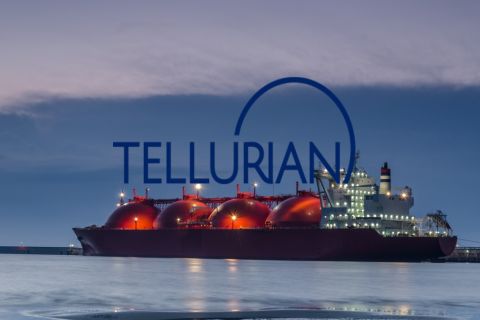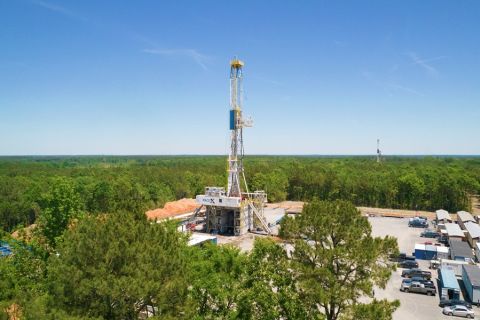Freeport LNG, the second biggest U.S. LNG exporter, sought approval from federal regulators to start loading LNG onto ships at its long-idled export plant in Texas, according to a filing made available on Feb. 2.
The Freeport plant shut in a fire in June and was barred from restarting until federal regulators completed an extensive safety review and approved resulting changes.
Specifically, Freeport said in its filing with the U.S. Federal Energy Regulatory Commission (FERC) that "reinstatement of Dock 1 LNG loading services will allow Freeport to recommence normal LNG ship dockage and loading operations."
Freeport, which asked regulators for a response by Feb. 3, also said loading LNG onto ships will "create inventory space within [storage] Tanks 1 and 2 in anticipation of obtaining agency authorization for commercial operation of" one of the plant's three liquefaction trains.
FERC approved Freeport's request to start producing LNG in the third liquefaction train on Feb. 1.
The liquefaction trains turn natural gas into LNG.
U.S. gas futures rose as much as 5% on Thursday, up from a 21-month low in the prior session, following Freeport's latest request to restart parts of the export plant.
The energy market cares about Freeport because gas prices will likely rise (as happened on Feb. 2) as the plant moves closer to pulling in large amounts of gas to make LNG.
Freeport can turn about 2.1 Bcf of gas into LNG each day. That is about 2% of total U.S. daily gas production.
Analysts, however, do not expect Freeport to reach full capacity until mid-March or later.
"It is likely that Freeport will not regain full operational strength until mid-March furthering very weak supply/demand natural gas fundamentals into mid-to-late February," analysts at energy consulting firm EBW Analytics told customers in a note.
Japan's largest power company JERA, one of Freeport's five top customers, said this week that it was not counting on getting LNG from the plant by the end of March.
The outage forced big customers including JERA and Osaka Gas to book hundreds of millions of dollars of losses. Its other big buyers include BP, TotalEnergies and SK E&S.
Recommended Reading
Aethon Cuts Rigs but Wants More Western Haynesville Acreage
2024-03-31 - Private gas E&P Aethon Energy has drilled some screamers in its far western Haynesville Shale play—and the company wants to do more in the area.
Which Haynesville E&Ps Might Bid for Tellurian’s Upstream Assets?
2024-02-12 - As Haynesville E&Ps look to add scale and get ahead of growing LNG export capacity, Tellurian’s Louisiana assets are expected to fetch strong competition, according to Energy Advisors Group.
Marketed: Confidential Seller Certain Mineral, Royalty Interests in Louisiana
2024-02-13 - A confidential seller retained RedOaks Energy Advisors for the sale of certain mineral and royalty interests in Louisiana.
Exclusive: Frank Tsuru Reflects on Indigo's History, Impact in the Haynesville
2024-04-11 - Frank Tsuru, president and CEO of Momentum Midstream and former CEO of Indigo Natural Resources, looks back at the early stages of Haynesville development and the Indigo-Southwestern deal, in this Hart Energy Exclusive interview.
An Untapped Haynesville Block: Chevron Asset Attracts High Interest
2024-04-03 - Chevron’s 72,000-net-acre property in Panola County, Texas is lightly developed for the underlying Haynesville formation — and the supermajor may cut it loose.




